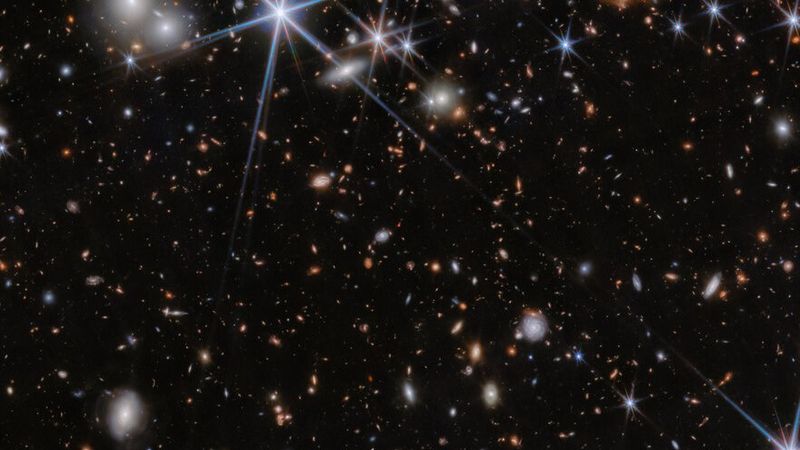In this universe, nothing lasts forever, but black holes are the objects that will try their darndest to stay alive the longest. Long after the last star has stopped shining and the last planet has turned to dust, black holes will still be there. But they are not immortal.
Many black holes form in spectacular fashion. The explosion of massive stars is one way to do it. Merging of dense objects is another. We are not sure how the biggest supermassive black holes came to be, but it won’t be a timid affair. Their birth is full of excitement but their death is anything but. They are all slowly dying. Very very slowly. There should still be black holes for 10109 years.
So how do they die? They simply evaporate away. Black holes, when they are not actively feeding, lose mass and energy as radiation: Hawking radiation. Black holes are black because nothing, not even light, can escape them. Once something crosses its boundary, the event horizon, it’s gone for good. Within the event horizon, the escape velocity is greater than the speed of light – and since nothing escapes the speed of light, nothing leaves the black holes.
You might then be wondering how Hawking radiation can escape, and the devil, as always, is in the details. This radiation forms outside the event horizon. Quantum mechanics has shown us that empty space is not exactly empty. It has energy, and that energy can spontaneously form pairs of particles and antiparticles and when these interact they go back to being pure energy.
When this happens near a black hole (and maybe not even close), it is possible for those particles to not interact, turning back into pure energy. One pair of the particles is trapped by the black hole and the other escapes. And this great escape carries away a tiny fraction of the black hole's energy.
The amount taken away is small, truly minuscule, but it is there. And it is happening constantly. Black holes will continue to form and grow for a long time (the universe likely has not seen its biggest black hole yet) but at some point, there won’t be anything left for them to eat and they will diminish, fading into nothing in a slow release of Hawking radiation.
The timing of the evaporation depends on the size of the black holes. The smaller they are, the faster they disappear. Like fictional immortals, only the biggest will remain in the distant future. And eventually, there can be only one.




